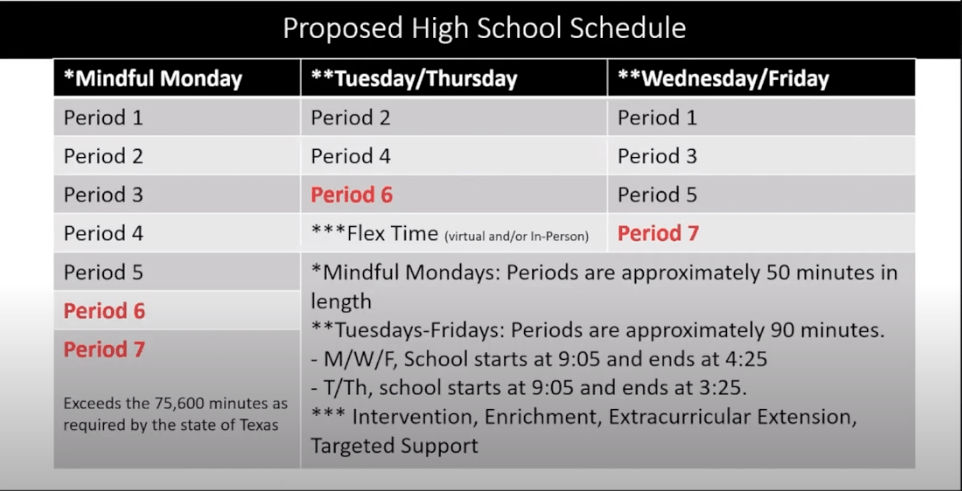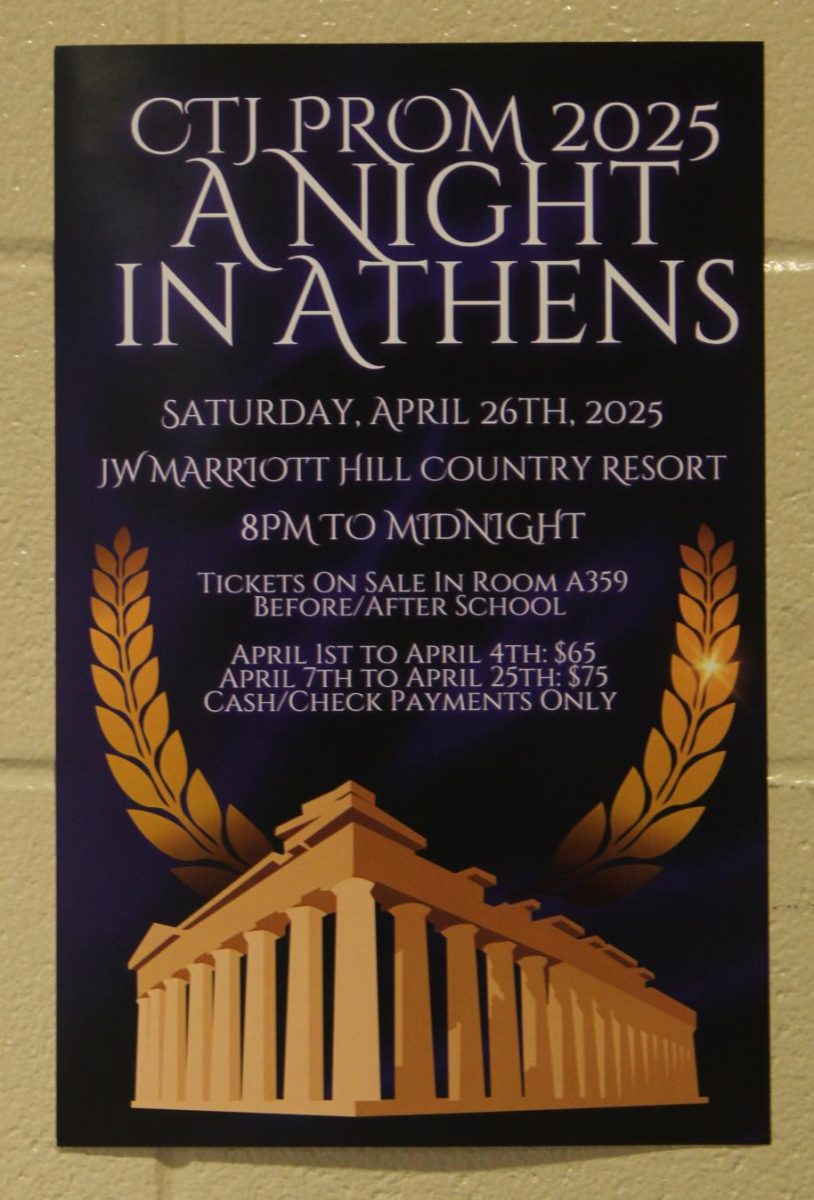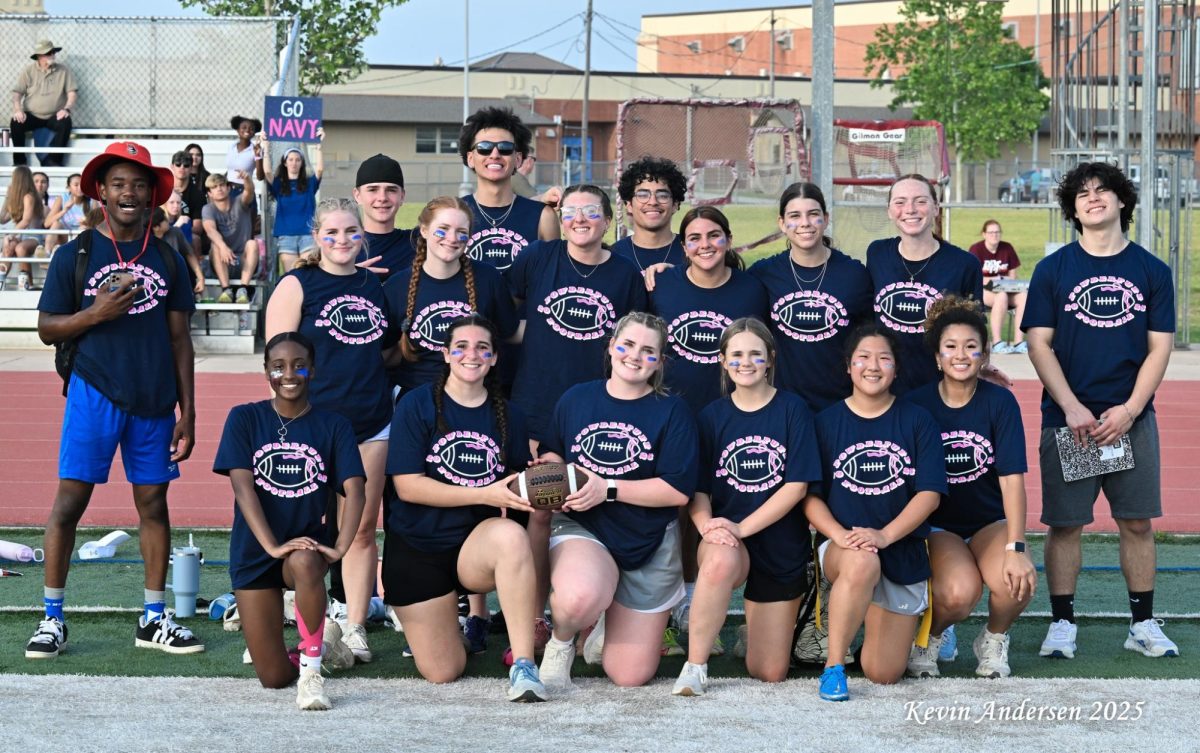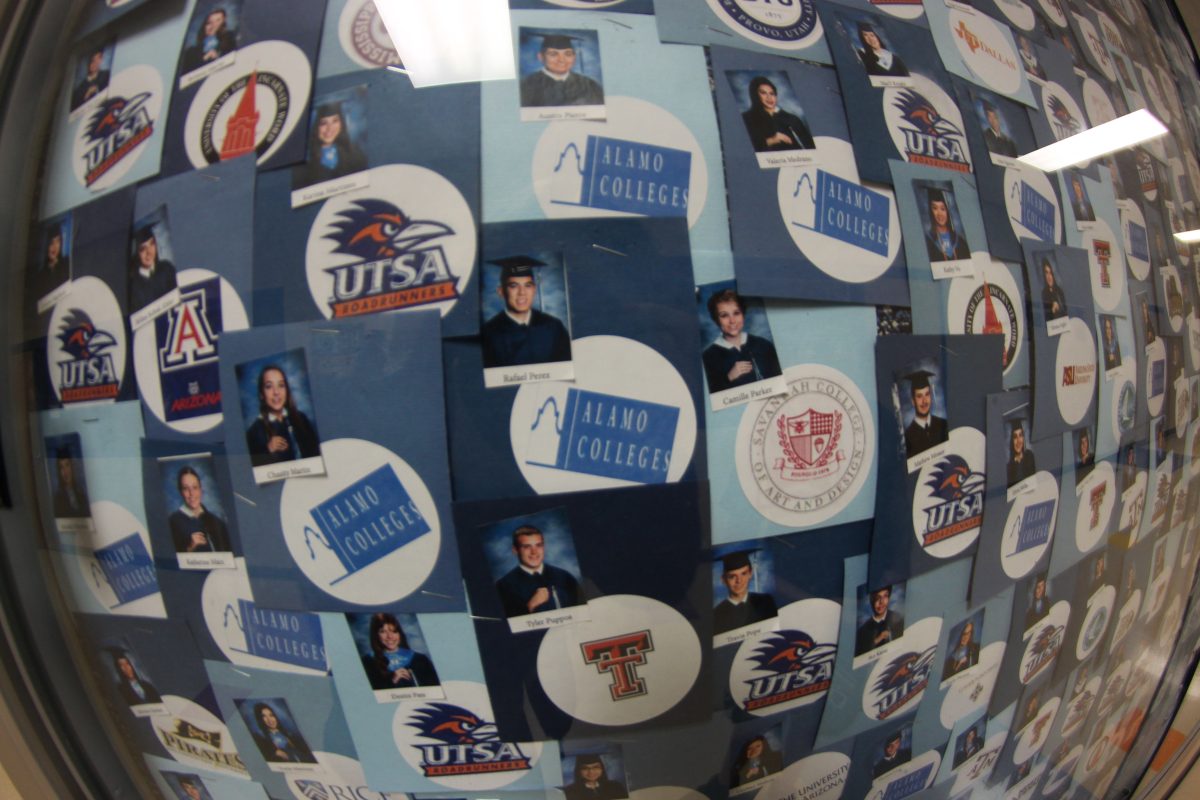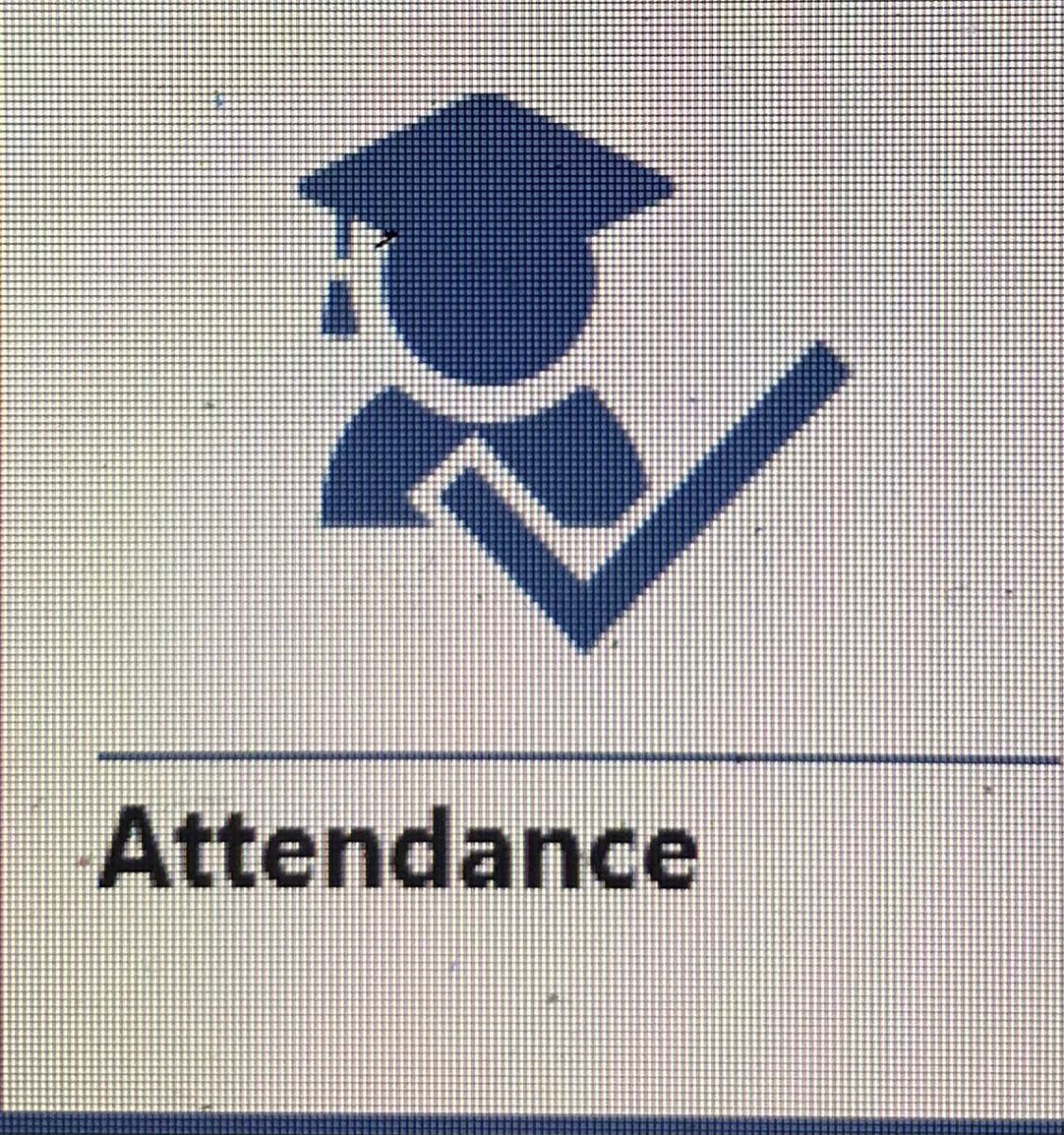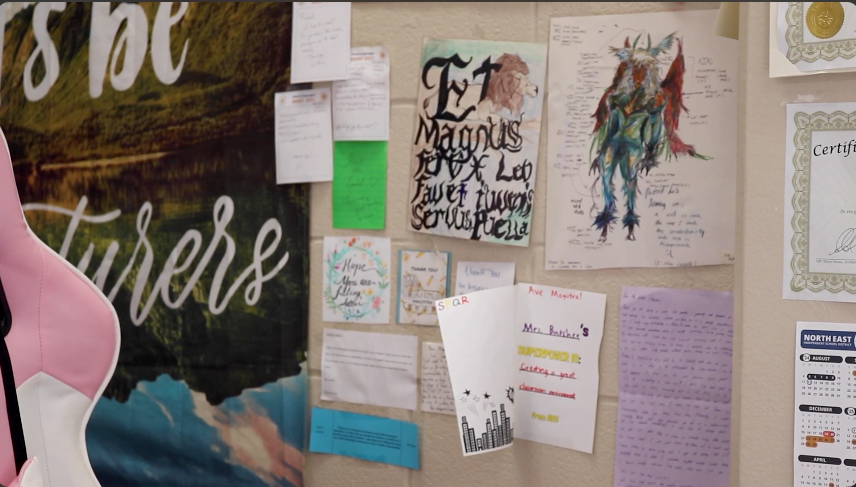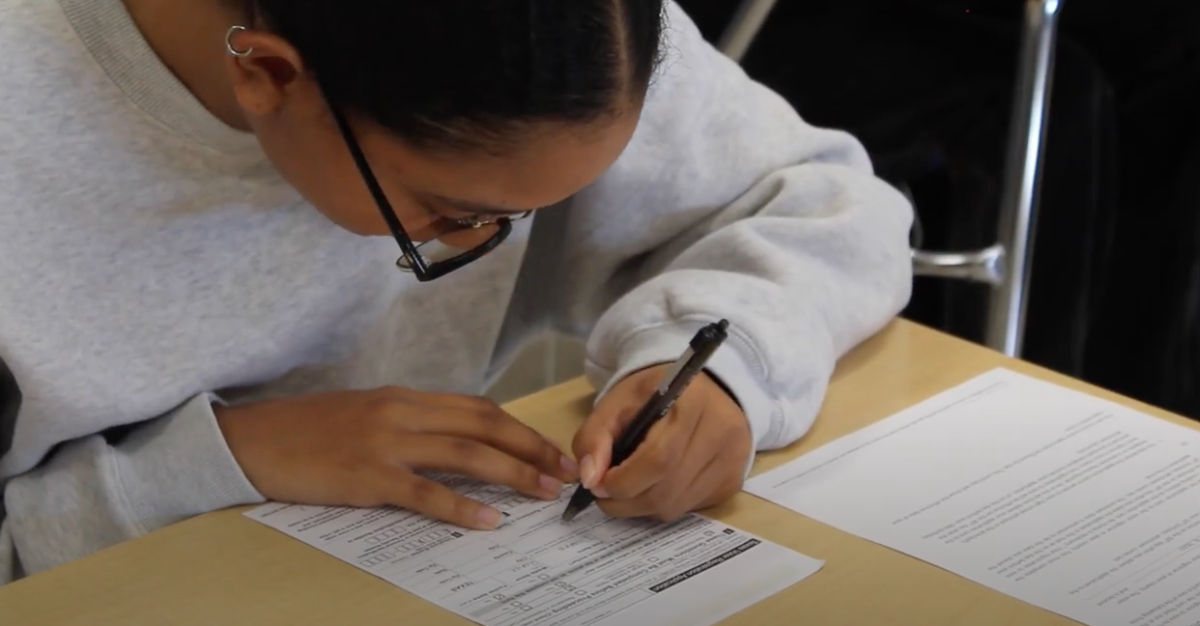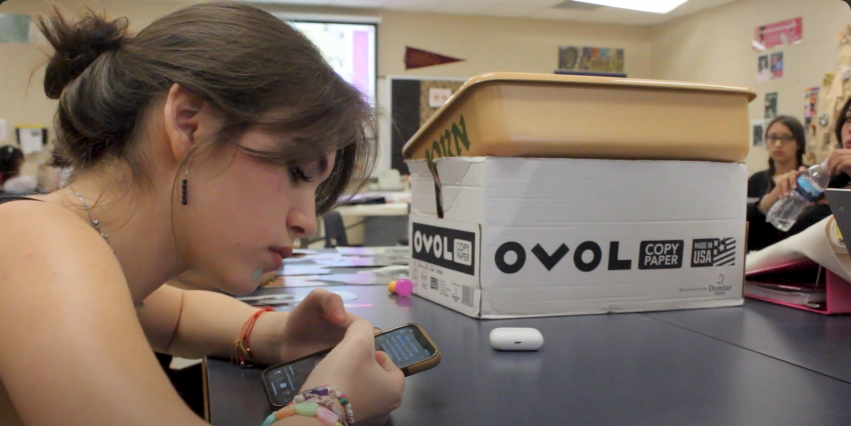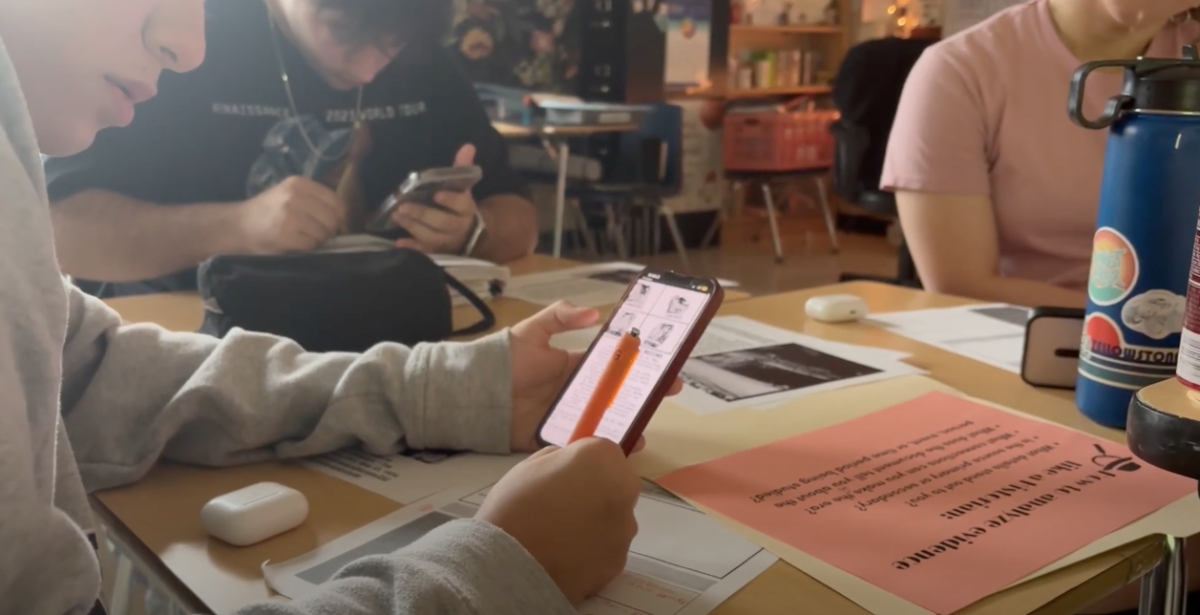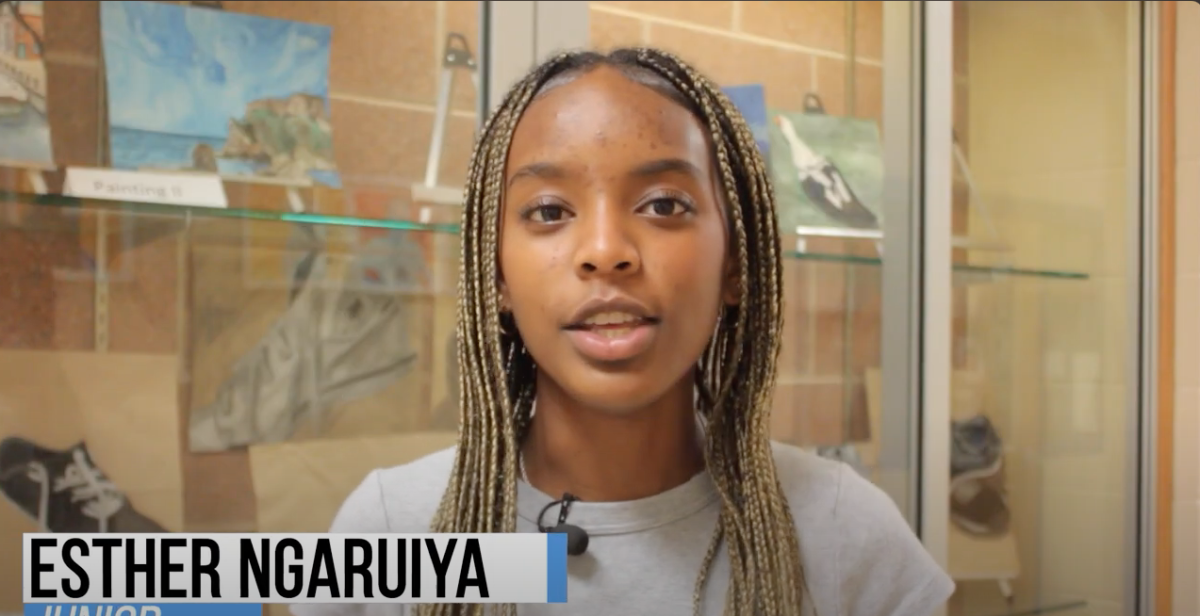by Joseph Sweeney | editor-in-chief
The new schedule for the 2021-2022 school year has been officially released; students will continue to find themselves alternating between A and B day classes, though with longer classes and new additions.
“What we do is we look at the Mondays when y’all go to every class, and it’s really to set the tone of the week” Superintendent Dr. Sean Maika said. “Then when you get into it, what we hear from teachers is that ‘I don’t get to see my kids from Thursday until next Tuesday, that’s too long. We heard it from students [too]. Especially when you look at classes like math or science, that is a great deal of time to be in between it. ”
Districts typically point to financial reasons associated with adopting an A/B schedule. The schedule for 2021-2022 would only use seven periods, keeping financial concerns in mind.
“We have to go back in history: we used to have an A/B schedule, and we did away with it years and years ago, and the reason we did it is because it was too costly,” Maika said. “When you have a pure A/B schedule, that schedule actually creates more teachers in it. If we would have gone back to a pure A/B, we would have inflated staffing a lot, and quite frankly we couldn’t afford it.”
To balance out the time spent between each class on alternating days, a 90-minute flex period has been added to the end of Tuesdays and Thursdays, where students will be able to attend tutoring with another teacher, or be left to work at their own pace.
“Flex is really about responding just in time, it’s about your or your teacher saying: ‘you know what? I can see you need some support here,’ and then building that time in to get it,” Maika said. “Now, it’s also about saying, ‘hey, I’m doing really well, and I would like some extra time to maybe practice my instrument,’ so you can go to your teacher and do it. So it’s really about responding to an individual student’s needs.”
Mental health was a primary concern when implementing the new flex time for students, as they will now have more time to focus on what they need to be eligible for their extracurriculars.
“Let me talk about my own child: I have a kid who is a pole vaulter. He really struggled until track season began, and that’s when, all of a sudden, his grades started to improve, and he got more engaged. It’s a shocker, isn’t it? Because that’s something that he is passionate about. He goes to school, is he passionate about it? Not really. School is something he has to do, but pole vaulting is something he loves to do,” Maika said. “What we had to do is figure out ways to make sure the system is ready to respond to students that need that type of intervention, and do it in a way that doesn’t cut out their extracurriculars.”
Though the schedule is mostly set in stone, the district will still be collecting community feedback and making adjustments as necessary.
“What we have looked through through this pandemic in its entirety, is not to look at the barriers it has caused, but rather the opportunities to get better,” Maika said. “If you look at the system as a whole, and I think Commissioner [Mike] Morath has shared this, when he looked at third grade students across the state on STAAR, what he found is that a child that had failed third grade, the system in the state had a one third chance to approaching on the STAAR in the fourth grade. In fifth grade the percentage that would actually get to meet would be 4%. So we have to be real and say that the system is not great. There were some great things, but what we’ve also learned with students is that this schedule this year allowed for a little more life to happen and a little more balance worth noting. So if it helps, we owe it to our kids to do it.”


